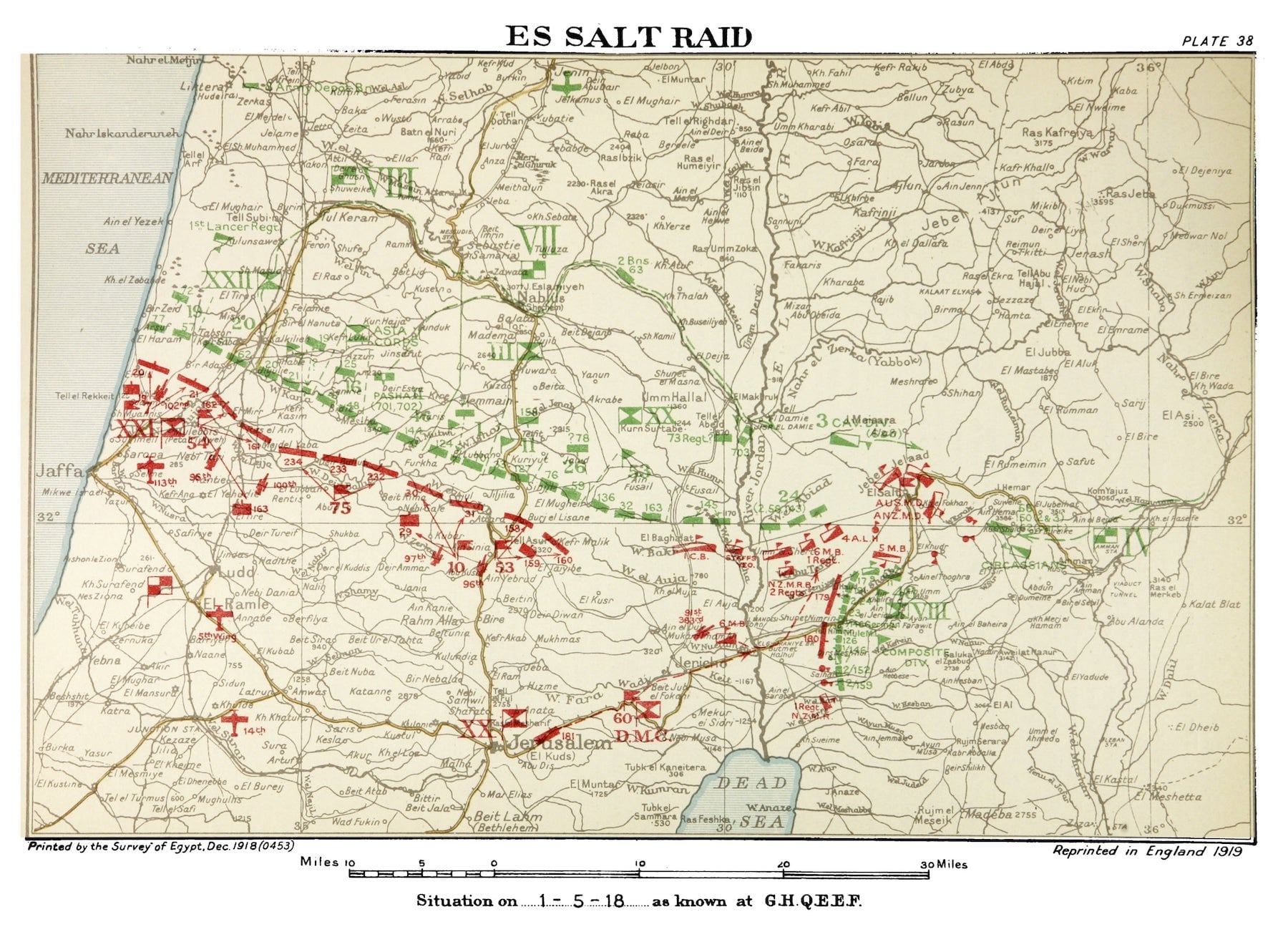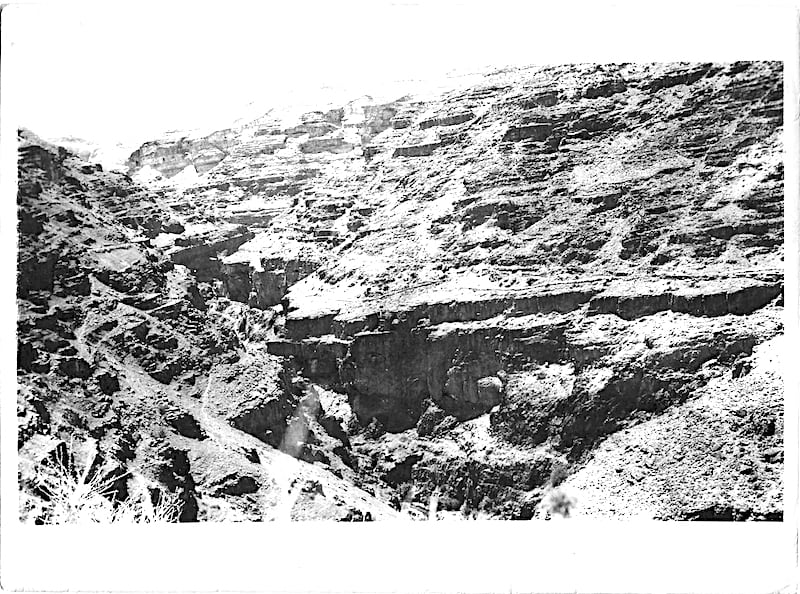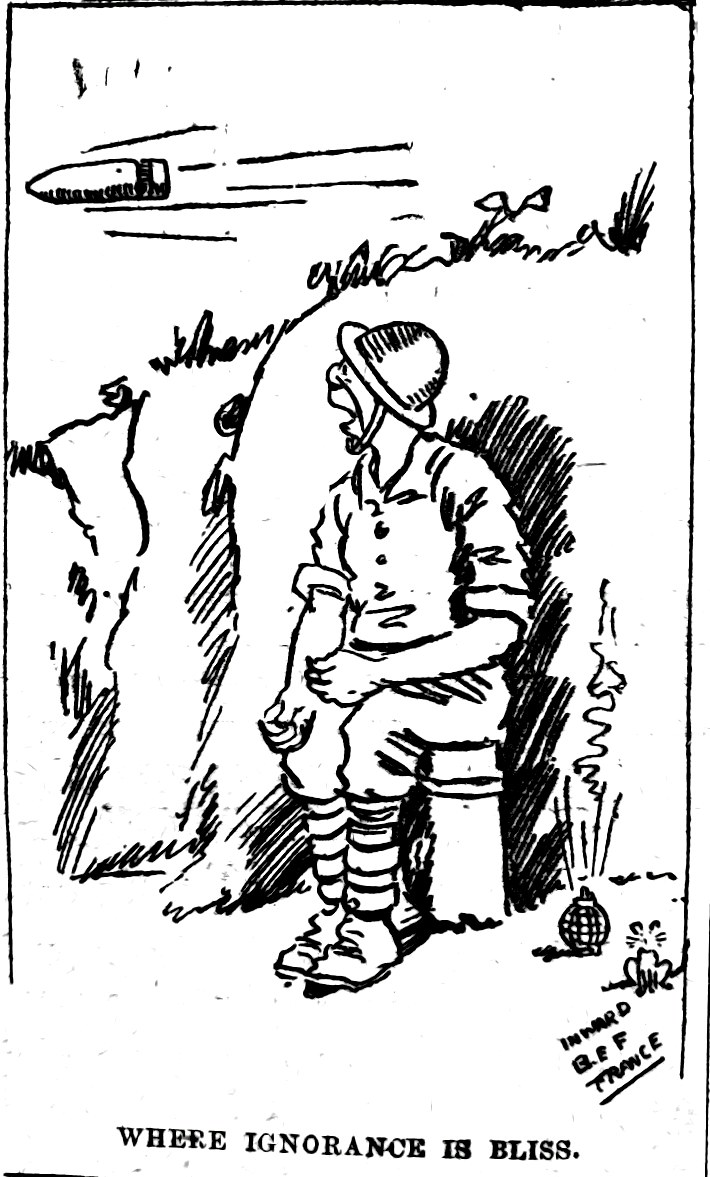Soldier-cartoonist: Corporal Bertie Inward, 2/19th London Regiment
Corporal Bertie Inward, 2/19th (St Pancras) Battalion, London Regiment
Service Number: 613219
Born: 22 April 1887, Medway, Kent
Died: 27 October 1922, Romford, Essex (aged 35)
Fred Karno (1886-1941) was a music hall impresario, known for nurturing the careers of a young Charlie Chaplin and Stan Laurel — as well as being the originator of the pie-in-the-face gag.1 Such was his popularity, his name became humorously synonymous (up to the 1960s2) with the British army, and the following parody song was widely sung in the trenches in the First World War.
Fred Karno's Army
Air: 'The Church's One Foundation'
We are Fred Karno's Army.
A Jolly fine lot are we:
Fred Karno is our Captain,
Charlie Chaplin our O.C.
And when we get to Berlin,
The Kaiser he will say:
Hoch! Hoch! Mein Gott!
What a bloody fine lot
To get six bob a day.3
I start with this biographical sketch because Bertie Inward has the distinction of literally going from 'Fred Karno's Army' to Fred Karno's Army — the 1921 census records his occupation as an actor within the troupe.4
His service records are missing, but the 1901 census has him living in Southwark, London. It is unknown when he joined the 2/19th London Regiment, but he seems to have been with them in France (1916), Macedonia (1916-1917), and Palestine (1917-1918).5
In the battalion history The Second Nineteenth, he is mentioned in the casualty lists for 30 April 1918, being wounded in the Second Battle of Jordan (Es Salt Raid 30 April — 4 May 1918).6 The account given in the book is not great — and there seems to be an overall lack of a good quality write-up — for want of a better word it comes across as 'muddy'.

From what I can establish, after the failed First Battle of Jordan (First Attack on Amman 21 March — 2 April 1918), the Ottoman Army began to dig a network of trenches and defences in the Shunet Nimrin hills, to the south of the town of Es Salt. The 2/19th — who were part of 180th Brigade, and in turn part of the 60th (London) division — were to attack these positions in the east, to cut off the enemy from reinforcing Es Salt while the Anzac Mounted Division and the Australian Mounted Division would head directly north to capture the town. The west flank of the operation was to be secured by the Imperial Camel Corps, creating a triangle which can be seen in Figure 1, with the 20th Indian Brigade holding the Ghoraniyeh Bridgehead, which crossed the river Jordan (along the base of the triangle), linking the two flanks. The objective was to secure this area as a launching point for future operations against the communications of the Ottoman Army.
While Es Salt was captured on the first day, the Shunet Nimrin defences could not be broken. After five days of fighting, and several attempts by both infantry and calvary to break through — being driven back by the 3rd Turkish Cavalry division, losing supplies and transport in the process, and having to defend from a counterattack from two Turkish battalions — though successfully defended, the attacking force was weakened, and the operation was called off — the allies retreated back to the banks of the Jordan River.7
The 2/19th set off at 10.30pm on the 29th, under a pale moonlight, and they moved to just the sound of crickets as they navigated through tall fields of corn at the base of the hills until the 179th brigade made contact with the enemy on their left flank, causing the air to be filled with the noise of machine gun fire. Nevertheless, they managed to make their way to their own objectives, unopposed, by 2.15 am. This is where the account gets muddier, either they met resistance in caves in the hill and were pinned down by heavy machine gun fire trying to clear them, or they were pinned down in the caves from a nearby enemy position. Either way, they ended up holed up in a cave, unable to move forward. Overall, their casualties for the four days were 136, with 116 occurring on the 30th alone.

While I have not been to the Jordan Valley, I have been to places with a similar terrain and the thing that strikes me is how the sound travels in such an environment. I can only imagine the noise of gun fire, ricocheting around the valley, with the cacophony of the wounded, which must have been terrifying. However, it seems the men who were actually there were able to make fun of it. In Memories: The Magazine of the 19th London Old Comrades Association, in 1921, they joked, 'What was it Raddy [believed to be Captain Radcliffe commander of C coy] said when they were stuck in the cave contemplating surrender?', the reply being, 'Not while there's a bottle of Vermouth on my donkey!'8
As well as having two cartoons published in Blighty, one of which is pictured below, Inward also had cartoons published in Memories. These cartoons, I believe, appeared in a supplement to the main magazine, which I have not yet been able to track down. This is a shame, as a description of one of them, from December 1921, is given by Inward himself:
Enclosed is a sketch of Vardino and the old houses are those where the boys used to purchase those horrible Greek Loaves, for which they were mulcted 5 drachmae. You will observe that the cooks had been diligent on this particular day, and hung their washing out, probably there was a M.O.'s inspection imminent (Howls from the Cooks), But we still had our 'Bishop' and 'King' to defend us. 9
The magazine's editor had also added below, 'We are glad to hear Corporal Inward is much better'. From backtracking through the issues (though they appear incomplete), he had been suffering from lung and throat trouble and was bedbound in September of 1921 — a later note from September 1922 notes that the Colonel, Colonel Sword, had bumped into him in Hastings where he recognised him immediately and they had a good chat about old times and old friends.10 Sadly, one month later, Inward would pass away.

As well as the cartoon in Blighty pictured here, he had a second submission accepted for the 29th November 1916 edition.
On a final note, while there is no such thing as the 'quintessential' First World War cartoon, as humour changed with audience, time, and location, Inwards' cartoon above is a very good example of a soldier's cartoon. Not just because of the artillery shell flying in the background, or the very fact that he is just sitting there, but because it employs wordplay, which was by the far biggest influence in the cartoons I surveyed as part of my dissertation.
-
http://www.exetermemories.co.uk/em/_people/karno.php, retrieved 26 April 2023. ↩︎
-
Chelsea News and General Advertiser, 12 August 1966, p.10. ↩︎
-
Multiple versions of this song exist, the above is a mashup of versions that appeared in the 1917 book 'Tommy's Tunes'. F.T. Nettleingham and 2nd Lt. R.F.C*, Tommy's Tunes: A comprehensive collection of Soldiers Songs, Marching Melodies, Rude Rhymes, and Popular Parodies* (London: Erskine Macdonald, 1917), pp.42-45. ↩︎
-
1921 Census England and Wales. ↩︎
-
UK, World War I Service Medal and Award Rolls, 1914-1920. ↩︎
-
Major F.W. Eames, The Second Nineteenth: Being the History of the 2/19th London Regiment during the Great War (London: Waterlow & Sons, 1930), p.178. ↩︎
-
H. Pirue-Gordon (ed.), A Brief Record of the Advance of the Egyptian Expeditionary Force: July 1917-October 1918, compiled from Official Sources, (London: HMSO, 1919), p.20; Major F.W. Eames, The Second Nineteenth: Being the History of the 2/19th London Regiment during the Great War (London: Waterlow & Sons, 1930),pp-142-147; Memories: The Magazine of the 19th London Old Comrades Association, 1 September 1921, pp-149-151. ↩︎
-
Memories, 1 June 1921, p.117. ↩︎
-
Memories, 1 December 1921, p.193. ↩︎
-
Memories, 1 September 1921, p.158; Memories, 1 September 1922, p.61. ↩︎
Posts in this series
- Soldier-cartoonist: Corporal Harry Cotton, Meteorological Office, 4th Army HQ
- Soldier-cartoonist: Sapper Charles Albert Kennett, Royal Engineers
- Soldier-cartoonist: Private Louis Ollier, 8th Cheshire Regiment
- Soldier-cartoonist: Private Alfred Edmeades Bestall, Army Service Corps
- Blighty Mystery File No.1
- Soldier-cartoonist: Corporal Bertie Inward, 2/19th London Regiment
- Soldier-cartoonist: Private Richard Collins, 12th Battalion East Surrey
- Solider-cartoonist: Corporal Gontran De Tournoüer, 11th Field Artillery Brigade, Australian Imperial Force.
- Soldier-cartoonist: Lance Corporal Gilbert Tom Webster 26th Royal Fusiliers
- Soldier-cartoonist: Private Charles "Chas" William Holt, 16th Sherwood Foresters [Unconfirmed]
- Soldier-cartoonist: Corporal Robert Birrell, 17th Highland Light Infantry
- The ‘Budding Bairnsfathers’ : First World War Soldier-cartoonists Published in Blighty